
| VRISHNI HEROES
Vrishni heroes on the coinage of Agathocles of Bactria, circa 190-180 BCE: Samkarshan, with Gada mace and plow, and Vasudev, with Shankh (a pear-shaped case or conch) and Chakra wheel. This is "the earliest unambiguous image" of the two deities. Another variation.
The five Vrishni heroes Samkarshan, Vasudeva, Pradyumna, Samba, Aniruddh standing around enthroned Narasimha. Kondamotu Vrishni heroes relief, 4th century CE, Hyderabad State Museum. The Vrishni heroes remained major divinities until the 5th century CE, when they lost preeminence to Vishnu.
The Vrishni heroes (IAST: Vrsni Viras), also referred to as Panch-virs (IAST: Pañca virs, "Five heroes"), are a group of five legendary, deified heroes who are found in the literature and archaeological sites of ancient India. Their earliest worship is attestable in the clan of the Vrishnis near Mathura by 4th-century BCE. Legends are associated with these deified heroes, some of which may be based on real, historical heroes of the Vrishni clan. Their early worship has been variously described as cross-sectarian, much like the cult of the Yakshs, related to the early Bhagvat tradition of Hinduism, and with possible links to Jainism as well. They and their legends – particularly of Krishna and Balram – have been an important part of the Vaishnav tradition of Hinduism.
The Vrishnis were already known in the late Vedic literature. They are also mentioned by Panini in Astadhyayi verse 6.2.34, while Krishna is referred to as Krishna Varshneya ("the Vrishni") in verse 3.187.51 of the Mahabharat. Beyond texts, their importance in ancient India is attested by the ancient inscriptions found near Mathura and coins discovered in the ruins of Ai-Khanoum (Afghanistan), bearing images of the two main Vrishni heroes, with Greek and Brahmi legends.
The cult of the Vrishni heroes existed as an independent cult in Mathura, as suggested by the Mora Well Inscription, and was then amalgamated very progressively into Vaishnavism. The deification of the Vrhisni heroes centered around the cult of Vasudev-Krishna, known as Bhagavatism. Epigraphical evidence suggests that their legends and worship swiftly expanded to other parts of India by the start of the common era. The Vrishni heroes are generally identified as Samkarshan (Balram-Samkarshan, son of Vasudev Anakadundubhi and Devaki), Vasudev (Vasudev-Krishna, another son of Vasudev Anakadundubhi and Devaki), Pradyumna (son of Vasudev-Krishna and Rukmini), Samba (son of Vasudev-Krishna and Jambavati), and Aniruddh (son of Pradyumna).
Probably as late as the 1st century CE, the cult of the Vrishni heroes (Virvad) retained more importance than the Vyuh doctrine (Vyuhvad), the subsequent cult of emanations that evolved from the Vrishni hero cult. Still later, it evolved into the Avatarvad system of incarnations of Vishnu. Overall, according to Doris Srinivasan, "the absorption of the Vrishni hero into the Vaishnav worship is very gradual. The amalgamation process was preceded and concurrent with a cult of several Vrishni heroes".
The Vrishni heroes also have distinct individual qualities: Vasudev is also associated with gentleness and strength, Samkarsan with knowledge, Pradyumna with female power, and Aniruddh with ferociousness and sovereignty.
Identity :
Vrishni triad shown in a rock painting at Tikla, Madhya Pradesh, 3rd-2nd century BCE. These would be Samkarsan (with plough and mace), Vasudev (with mace and wheel) and a female deity, probably Ekanamsh.
(Bal)ram and Krishna at Chilas. The Kharoshthi inscription nearby reads Ram [kri]sa. 1st century CE.
Local
heroes turned deities :
The heroes would then have evolved into Vaishnavite deities through a step-by-step process: 1) deification of the Vrishni heroes 2) association with the God Narayan-Vishnu 3) incorporation into the Vyuh concept of successive emanations of the God. Epigraphically, the deified status of Vasudev in particular is confirmed by his appearance on the coinage of Agathocles of Bactria (190-180 BCE) and by the devotional character of the Heliodorus pillar inscription (circa 110 BCE). Later, the association with Narayan (Vishnu) is suggested by the Hathibad Ghosundi Inscriptions of the 1st century BCE.[29] It is generally thought that "by the beginning of the Christian era, the cult of Vasudev, Vishnu and Narayan amalgamated". By the 2nd century CE, the "avatar concept was in its infancy", and the depiction of Vishnu with his four emanations (the Chatur-vyuh), consisting in the Vrishni heroes minus Samba, starts to become visible in art at the end of the Kushan period.
Banerjee too considered that they may have been semi-deified legendary kings who came to be considered as Vishnu's avatars. This would lead to an early form of Vaishnavism, currently described as the Pancaratra system. Also according to Gavin Flood – an Indologist and scholar of Hinduism, Vasudev may have originated in a real Vrishni hero or king, but the lineage is difficult to establish. This Vasudev became deified in the Vrishni clan, its worship being traceable to the 4th century text of Panini, which mentions Vasudevka or a "devotee of Vasudev". Vasudev then fused with Krishna of the Yadavs clan. Over time, Vasudev was identified with Krishna and Vishnu.
According to Christopher Austin, the Vrishni heroes are characters linked to the end of Mahabharat, reflecting the three generations of Vrishnis of Krishna from the Bhagavat Gita fame, his son, his grandson along with the Balram (Samkarshan). This view is supported by Srinivasan and Banerjee based on evidence in two Puranic passages and the Mora well inscription. In early Hinduism, the five Vrishni heroes have been identified as Vasudev-Krishna, Samkarsana-Balram, Pradyumna, Aniruddh and Samba as known from the Medieval Vayu Puran.
Early
coinage (3rd-2nd century BCE) : On some of the Indian punch-marked coins, three individuals appear without attributes, possibly deities Samkarshan, Vasudev and Ekanamsha in the late 4th-2nd century BCE. The same type of coins was excavated in Besnagar.
On some post-Mauryan punch-marked coins, possible depictions of Samkarshan-Balram appear. He is shown wielding a mace and a plough. These punch-marked coin are dated to the 2nd century BCE, and may be associated with Mathura.
Coin of Agathocles of Bactria (190 - 180 BCE)
Mauryan Empire. Late 4th - 2nd century
Mauryan punch-marked coin with three deities 4th - 2nd century BCE
Punch-marked coins excavated in Besnagar
Post-Mauryan punch-marked coin with possible Balram (detail) Jainism
:
Cross-sectarian
deities :
Devotional structures and symbolism (circa 115 BCE) :
The Heliodorus pillar was erected to Vasudev by the Greek Heliodorus in 115 BCE. It was crowned by a Garud capital
Excavation of the Vrishni Temple, with elliptic plan. The Heliodorus pillar appears in the immediate background Several pillar capitals with symbolic statuary associated to the Vhrishni heroes have been found in Besnagar around the site of the Heliodorus pillar, dated to about 115 BCE.
The Heliodorus pillar inscription explains that the pillar erected to honour Vasudev is a Garud-vajra, although the Garud statue has not been found. According to Susan L. Huntington, the Garud capital on the Heliodorus pillar was probably similar to a portable Garud standard illustrated on one of the nearly contemporary reliefs at Bharhut. In Bharhut, a man riding a horse is seen holding a portable pillar-standard, crowned by a bird-man creature similar to a Kinnar. The same concept of Garud pillar may have been adopted for the Heliodorus pillar.
Other sculptures and pillar capitals were found near the Heliodorus pillar, and it is thought they were dedicated to Vasudev's kinsmen, otherwise known as the Vrishni heroes and objects of the Bhagavata cult. These are a tal (fan-palm capital), a makar (crocodile) capital, a banyan-tree capital, and a possible statue of the goddess Lakshmi, also associated with the Bhagavat cult. Just as Garud is associated with Vasudesh, the fan-palm capital is generally associated with Samkarsan, and the makar is associated with Pradyumna. The banyan-tree capital with ashtanidhis is associated with Lakshmi. In effect, the findings surrounding the Heliodorus pillar suggest the cult of a trio of the Vrishni heroes in this time and area, composed of the three deities Vasudesh, Samkarsan and Pradyumna.
Vrishni
Temple structure :
The 1963–65 excavations at the site suggest that the site had an elliptical shrine – possibly dating to the 4th to 3rd-century BCE – with a brick foundation and likely a wooden superstructure. This was destroyed by a flood around 200 BCE. New soil was then added and the ground level raised to build a new second temple to Vasudev, with a wooden pillar (Garud dhvaj) in front of the east-facing elliptical shrine. This too was destroyed by floods sometime in the 2nd-century BCE. In late 2nd-century BCE, after some ground preparation, yet another Vasudev temple was rebuilt, this time with eight stone pillars aligned in the north-south cardinal axis. Only one of these eight pillars have survived: the Heliodorus pillar.
Depiction of Vasudev circa 190 - 180 BCE
The Garud, symbol of Vasudev, was probably similar to this design from Bharhut, circa 100 BCE
The fan-palm capital, found next to the Heliodorus pillar, is associated with Samkarsan
The Makar capital, found at the site of the Heliodorus pillar, is associated with Pradyumna. 2nd century BCE. Gwalior Museum
A pillar capital shaped as a Kalpadrum tree, also found nearby at Besnagar, probably associated with Lakshmi Samkarsan in Indo-Scythian coinage (1st century BCE) :
Samkarsan - Balram with mace and plough, striding forward with billowing scarf, on the coinage of Maues (90 - 80 BCE) Samkarsan, the Vrishni elder and the leading divinity until the rise to precedence of Vasudev, is known to appear on the coinage of the Indo-Scythian rulers Maues and Azes I during the 1st century BCE. These coins show him holding a mace and a plough.
Samkarsan - Balram on a coin of Maues (90 - 80 BCE)
Samkarsan - Balram on a coin of Maues (90 - 80 BCE)
Samkarsan - Balram on a coin of Maues (90 - 80 BCE)
Samkarsan - Balram on a coin of Azes (58-12 BCE) Ghosundi Inscriptions (1st century BCE) :
The name Vasudev in the Brahmi script, in the Ghosundi inscription, 1st century BCE The two major Vrishni heroes the rise to precedence of Vasudev, is known to appear on the coinage of the Indo-Scythian rulers Maues and Azes I during the 1st century BCE. These coins show him holding a mace and a plough. and Vasudev, still in their proper seniority order, are again mentioned in the Hathibad Ghosundi Inscriptions, dated to the 1st century BCE. For the first time they seem to be associated to a higher divinity, as the inscription mention that their cult is made on a precinct of Narayan.
Mora Vrishni heroes (circa 15 CE) :
Torso said to be from one of the five Vrishni Heroes, Mora, circa 15 CE, Mathura Museum The Vrishni heroes are mentioned in the Mora Well Inscription in Mathura, dated to the time of the Northern Satraps Sodas, in which they are called Bhagvatam. Statue fragments were found in Mora, which are thought to represent some of the Vrishni heroes. Two uninscribed male torsos were discovered in the mound, both of high craftsmanship and in Indian style and costume. They are similar with minor variations, suggesting they may have been part of a series. They share some sculptural characteristics with the Yaksh statues found in Mathura, such as the sculpting in the round, or the clothing style. Sonya Rhie Quintanilla also supports an attribution of the torso to the five Vrishnis, and dates them to around the time of Sodas (circa 15 CE), which is confirmed on artistic grounds.
Vrishni
Temples (circa 15 CE) :
A decorated doorjamb, also probably belonging to a Temple, on which is inscribed the Vasu Doorjamb Inscription, is dedicated to deity Vasudev, and mentions the rule of the Northern Satrap Sodas, and has similar carving to the Mora doorjamb. The decoration of these and many similar doorjambs from Mathura consists in scrolls of grapevines. They are all dated to the reign of Sodas, circa 15 CE and constitute a secure dated artistic reference for the evaluation of datation of other Mathura sculptures. It has been suggested that the grapevine design had been introduced from the Gandhar area in the northwest, and maybe associated with the northern taste of the Satrap rulers. These designs may also be the result of the work of northern artists in Mathura. The grapevine designs of Gandhar are generally considered as originating from Hellenistic art.
The Vasu doorjamb, dedicated to Vasudev "in the reign of Sodas", Mathura, circa 15 CE. Mathura Museum, GMM 13.367
Mora doorjamb with grapevine design, probably belonging to a Vrishni Temple at Mora, near Mathura, circa 15 CE. State Museum Lucknow, SML J.526 Chamunda Tila Vrishni symbols (1st century CE) :
Chamunda Tila pillar capital The Chamunda Tila pillar capital, also found in Mathura, may be another example of the Vrishni cult in the area of Mathura, this time using the Vrishni lanchana symbols around a central figure.
This pillar capital uses five symbols on both sides: a lion, a palm leaf, a makara, an adorned woman, and Yaksh in central position, with a probable top symbol missing. The Taladdhvaj (palm leaf column) is known to symbolize Samkarsana, the Garuddhvaj (garuda column) symbolizes Vasudev, the Makardhvaj (makar crocodile column) symbolizes Pradyumna, and the Rsyadhvaj (white antilope column) corresponds to Aniruddh. The lion at the base of the pillar capital is related to the Satvats tribe of the Vrishnis, as well as to Narasimha and Samkarsan. The function of the adorned woman is uncertain.
The central figure uses the iconography of a Yaksh, pointing to the association of Vrishni iconography with Yash iconography, as seen in the Mora statue found with the Mora Well Inscription.
Triads
(1st-2nd century CE) :
Caturvyuha (2nd century CE) :
Vasudev and his Vrishni kinsmen emanating from him The famous "Chatur-vyuha" statue in Mathura Museum is an attempt to show in one composition Vasudev together with the other members of the Vrishni clan of the Pancharatra system: Samkarsan, Pradyumna and Aniruddh, with Samba missing, Vasudev being the central deity from whom the others emanate. The back of the relief is carved with the branches of a Kadamb tree, symbolically showing the relationship being the different deities.
Vasudev is fittingly in the center with ornate crown and flower necklace, making the Abhaya Mudra and holding his decorated heavy mace on the side, his elder brother Balram to his right under a serpent hood, his son Pradyumna to his left (lost), and his grandson Aniruddh on top.
Tree and branches showing their genealogical relationship
Samkarsan - Balram under his snake hood holding a cup
Vasudev's ornate mace held by one of his supplementary hands Cult images of Vasudev (2nd-3rd century CE) :
Vasudev-Krishna with his three attributes (a mace, a wheel and a conch) and an Abhay mudra hand gesture, but without an aureole, terracotta Cult images of Vasudev continued to be produced until the 4th century CE, the worship of this Mathuran deity being much more important than that of Vishnu during that period. Statues dating to the 2nd and 3rd century show a possibly four-armed Vasudev standing with his attributes: the wheel, the mace and the conch, his right hand saluting in Abhaya mudra. Only with the Gupta period, did statues focusing on the worship of Vishnu himself start to appear, using the same iconography as the statues of Vasudev, but with the addition of an aureole starting at the shoulders.
From the 4th century CE, independent devotional statues of Vasudev-Krishna become very rare, and are replaced by statues of Vishnu with the addition of an aureole. This suggests with a high probability that the human face in the statues of Vishnu, including those known as Vaikunth Chaturmurti, is actually the face of his human emanation, Vasudev-Krishna.
Kondamotu
Vrishni heroes (4th century CE) :
The five Vrishni heroes Samkarsan, Vasudev, Pradyumna, Samba, and
Aniruddh standing around enthroned Narasimha. Kondamotu Vrishni
heroes relief, 4th century CE, Hyderabad State Museum.
Samkarsan
appears as a lion, while Aniruddh appears as a boar in this Vaikunth
Chaturmurti statue, showing Vishnu in his three main emanations,
mid-5th century. Boston Museum.
Samkarsan came to be associated with the lion, which is his theriomorphic aspect. He can be identified as Narasimha. Samkarsan appears as a lion in some of the Chaturvyuh statues (the Bhit statue), where he is an assistant to Vasudev, and in the Vaikunth Chaturmurti when his lion's head protrudes from the side of Vishnu's head.
Aniruddh came to be associated with the boar, which is his theriomorphic aspect, also known as Varah. Aniruddh appears as a boar in some of the Chaturvyuh statues, where he is an assistant to Vasudev, and in the Vaikunth Chaturmurti when his boar's head protrudes from the side of Vishnu's head.
In the Vaikunth Chaturmurti, especially in the statues from Kasmir, Pradyumna also appears sometimes in the back of the head of the central Vishnu, as a fearsome deity, also known as Kapil.
Symbolic
system :
Dashavatar Temple, Deogarh (6th century CE) :
A depiction of Vasudev at Deogarh. He holds the wheel, the conch and salutes in Abhay Mudra The Dashavatar Temple in Deogarh is closely related to the iconic architectural temple structure described in the Visnudharmottar puran, and can be interpreted as an architectural representation of the Chaturvyuh concept and the Panchratra doctrine, centering on the depictions of the four main emanations of Vishnu: Vasudev, Samkarshan, Pradyumna and Aniruddh. According to Lubotsky, it is likely that the entrance is dedicated to the Vasudev aspect of Vishnu; the Anantashayana side is his role as the creator (Aniruddh); the sage form of Nar-Narayan side symbolizes his preservation and maintainer role in cosmic existence (Pradyumn); and the Gajendramoksh side represents his role as the destroyer (Samkarsan).
Later depictions of the Vrishni heroes :
The Vrishni heroes – particularly Krishna and Balram – are still found in some Vaishnav Hindu temples.
11th century Balram, Lakshmi (or perhaps, Subhadra), Vasudev (Krishna, Jagannath)
The five Vrishni heroes standing in the Parthasarathy Temple, Eastern Torana Entrance. From left to right: Balram, Rukmini, Vasudev-Krishna (center), Pradyumna, Aniruddh and Satyaki
Source :
https://en.wikipedia.org/ |
||||||||||||||
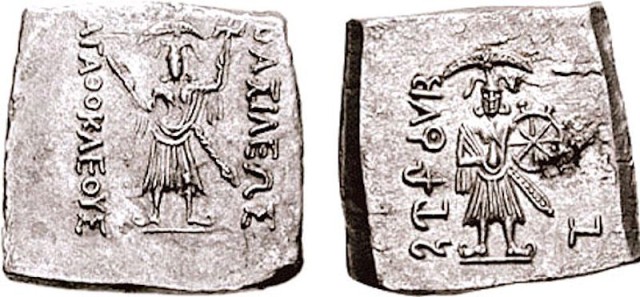
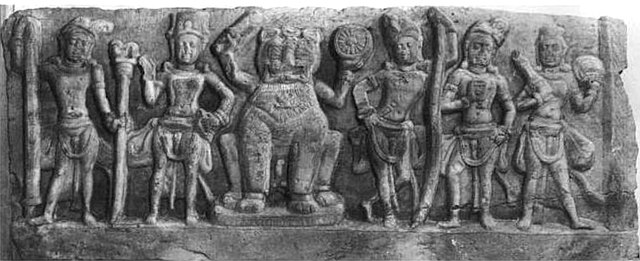
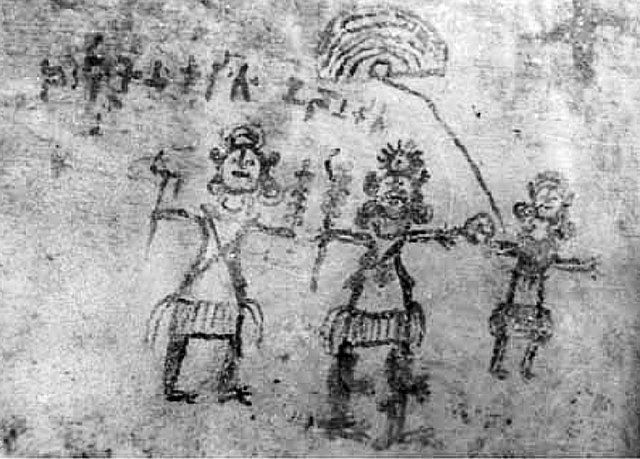
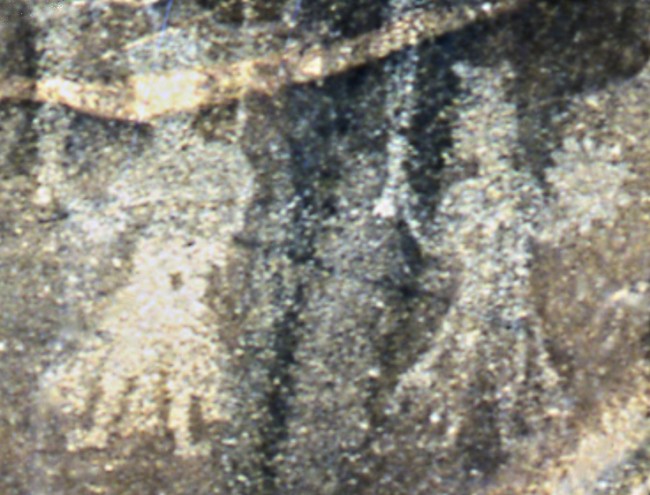
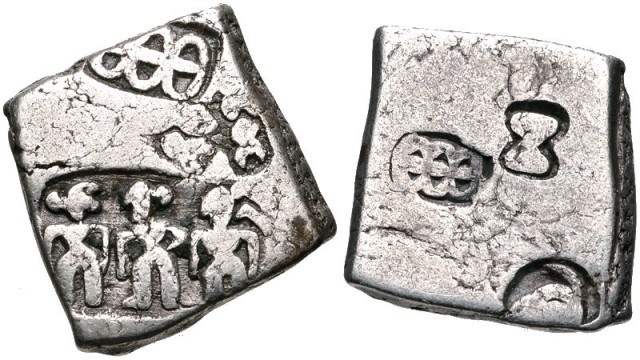
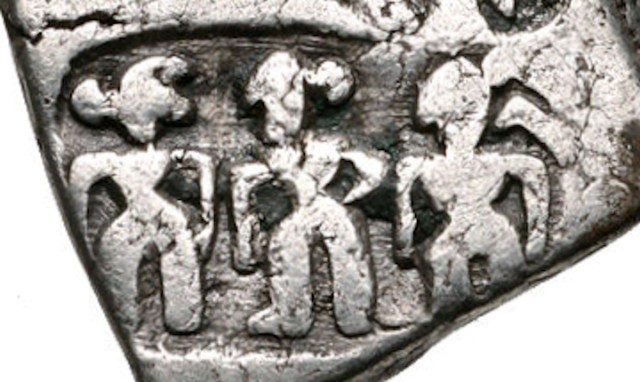
.jpg)
.jpg)
.jpg)
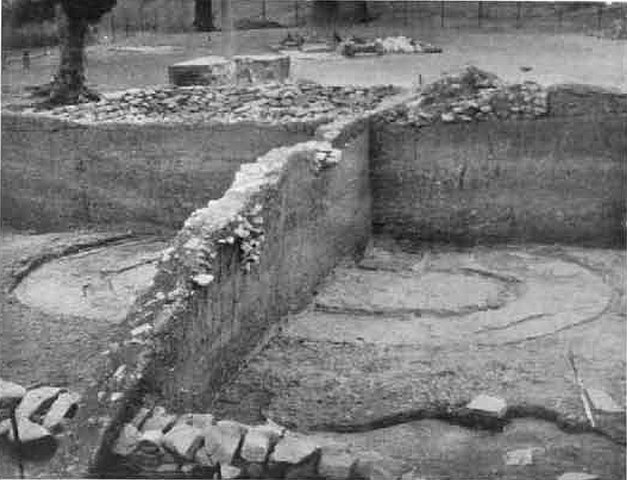
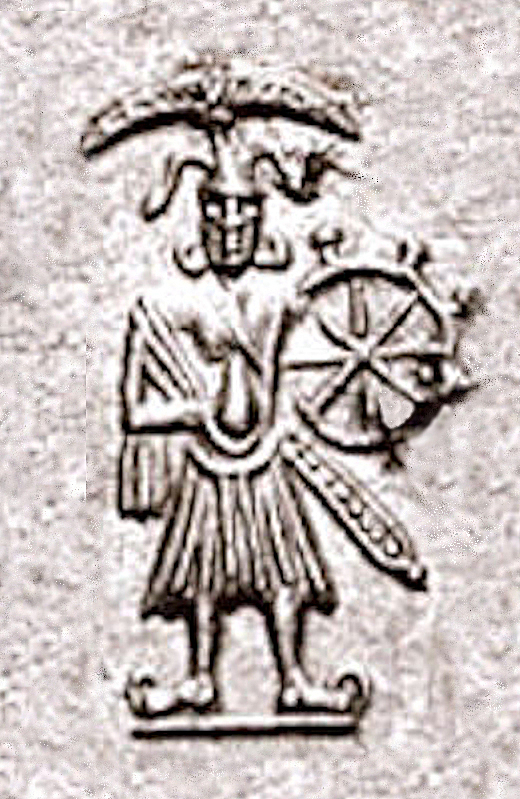
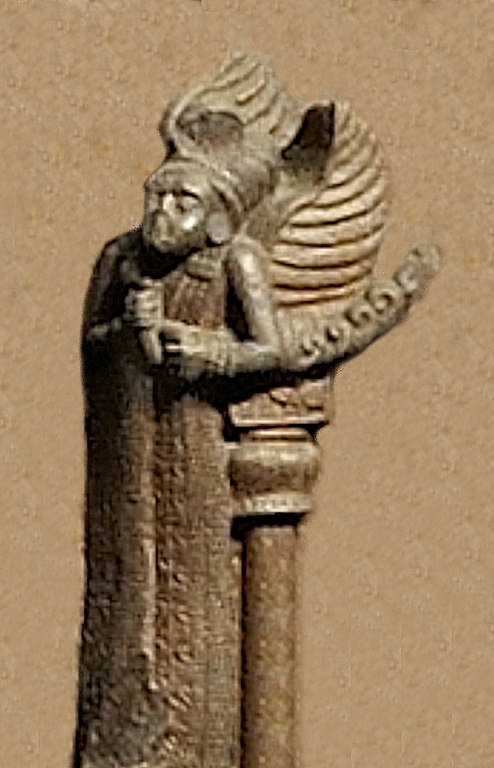
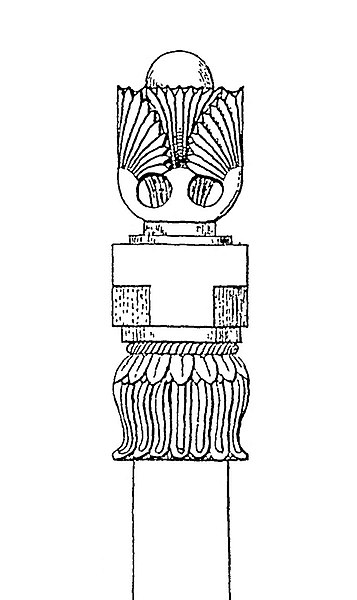
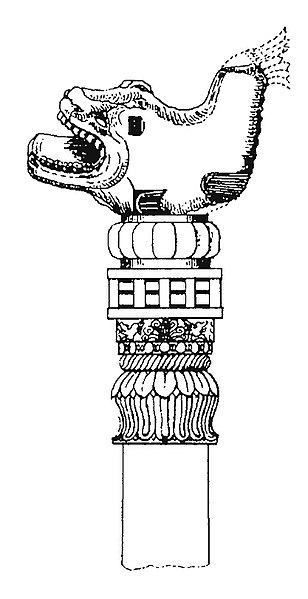
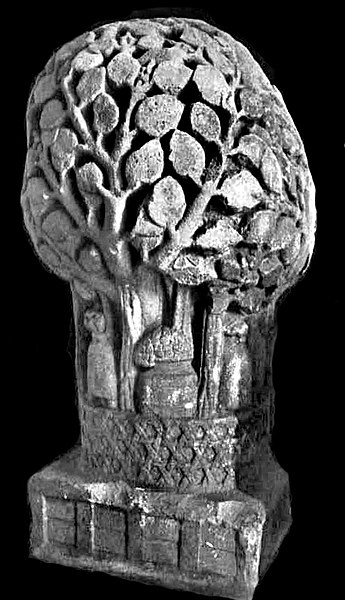
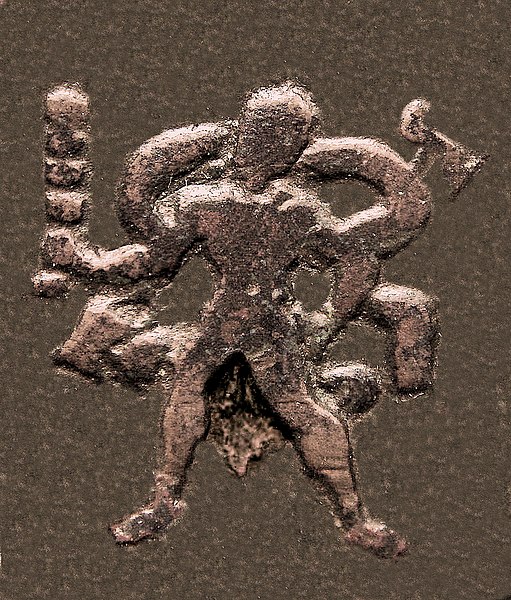
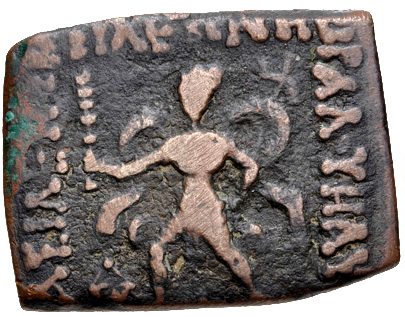
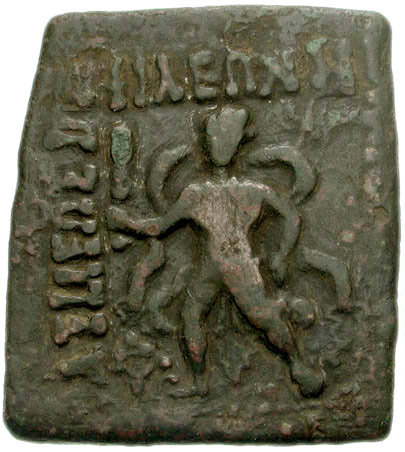
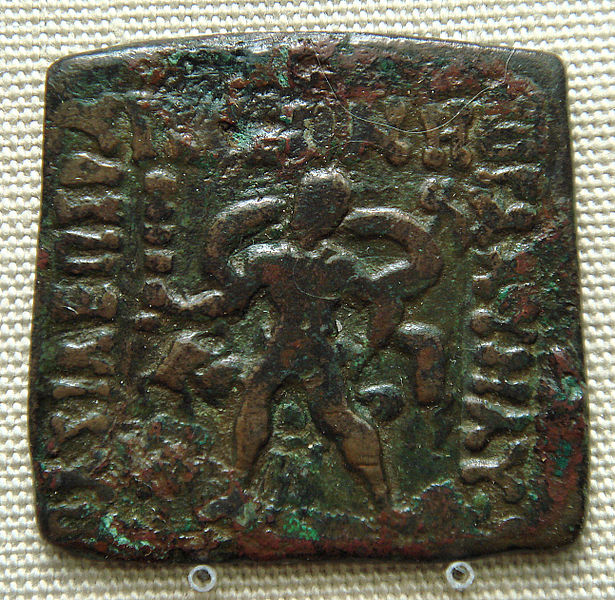
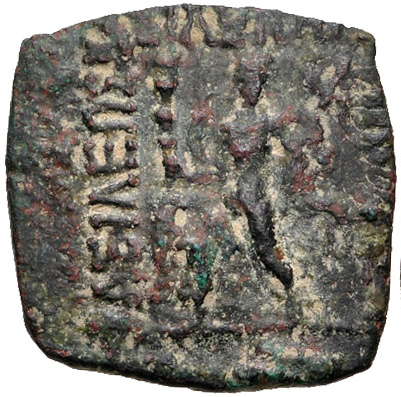
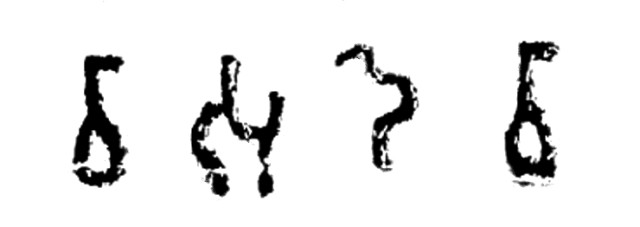
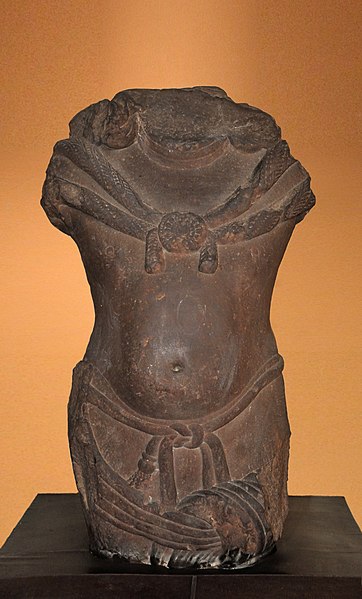


.jpg)
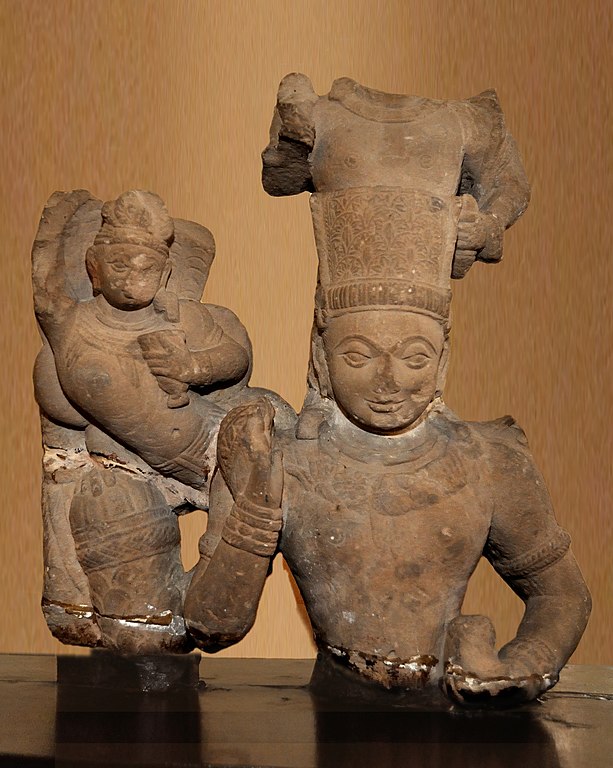
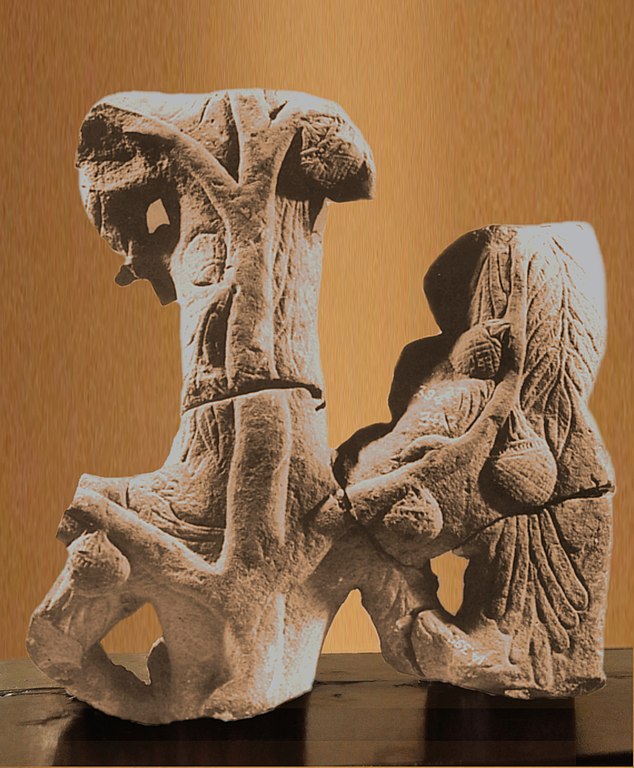
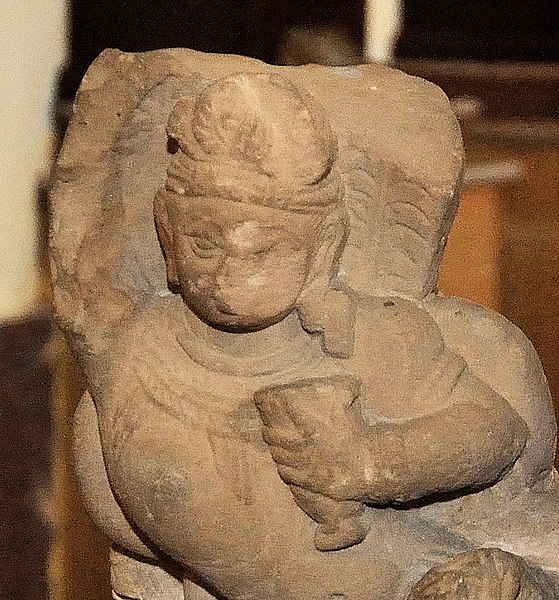
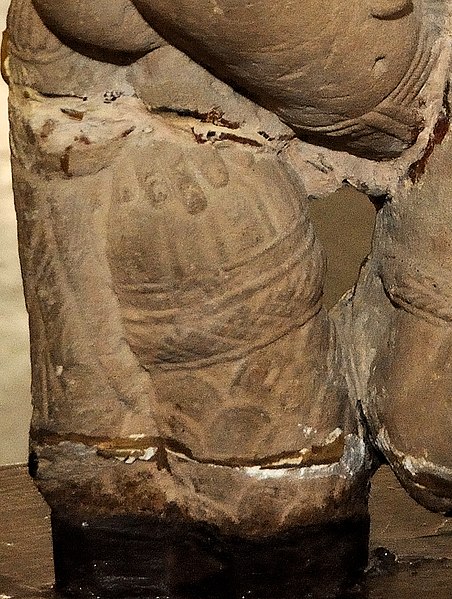
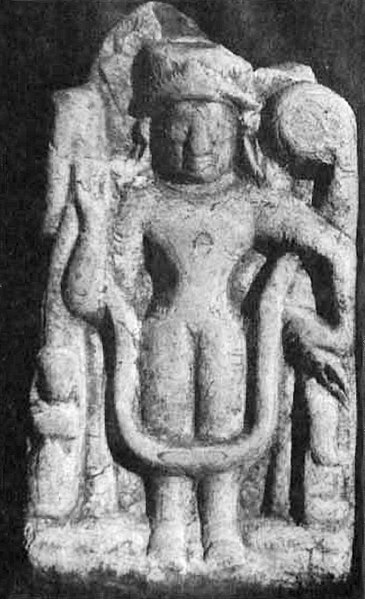
,_Gupta_period,_mid-5th_century.jpg)


_(cropped).jpg)
,_Vasudeva_(Krishna,_Jagannath).jpg)
.jpg)